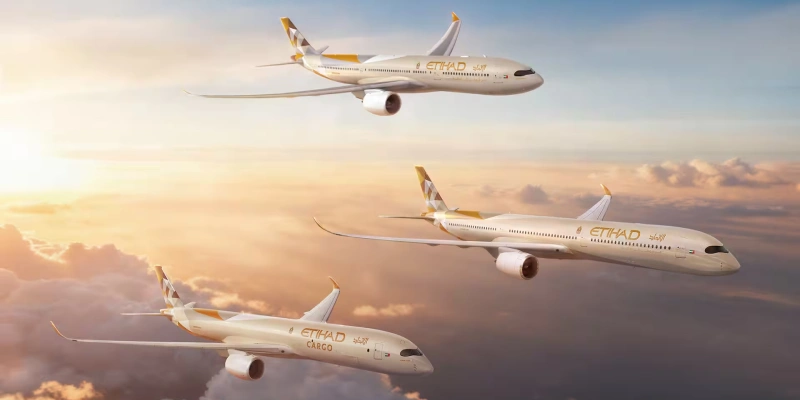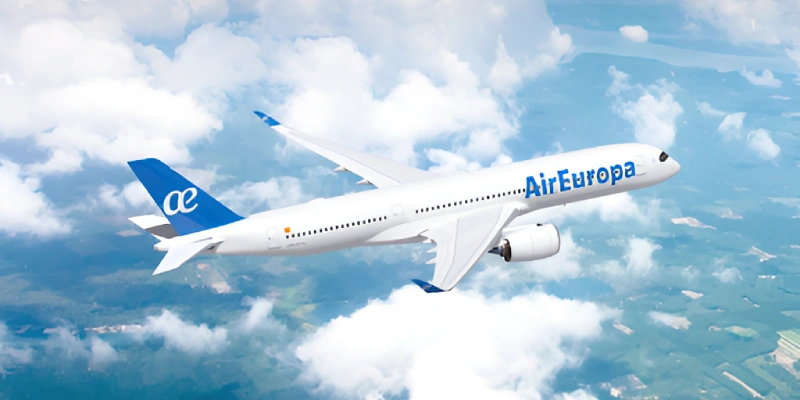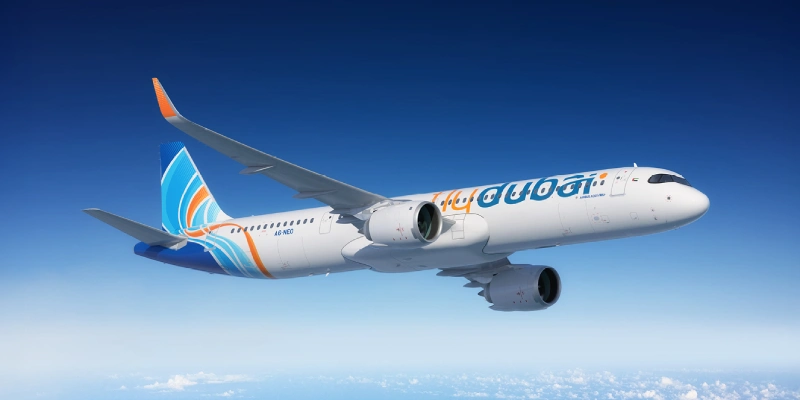From Air Canada to China’s CDB Aviation, airlines and aircraft leasing companies are rushing to permanently convert old passenger aircraft into cargo ships, betting on an e-commerce boom as the value of used aircraft plummets amid the pandemic.
See also: Jet Airways could restart operations summer of 2021.
This has created a huge opportunity for companies involved in transforming passenger planes into cargo (P2F) aircraft, including Singapore Technologies (ST) Engineering Ltd, Israel Aerospace Industries (IAI) and the US company Aeronautical Engineers Inc.
Aviation industry consultant Cirium expects the number of P2F conversions worldwide to increase by 36% to 90 aircraft by 2021 and 109 aircraft by 2022, Reuters reported.
See also: Brazilian airline Gol resumes flights with Boeing 737 MAX.
“We estimate that most of the slots are sold by 2021 and at least 40% by 2022,” said Cirium’s head of market analysis, Chris Seymour. “There is an increase in new generation programs, particularly the 737-800 (Boeing) and A321 (Airbus), as well as the A330, although older types such as the 767 continue to be in strong demand, driven in recent years by Amazon’s own fleet construction.
The market value of 15-year-old aircraft has fallen by between 20% and 47% since the beginning of the year, depending on the model, according to the consultancy firm Ishka, making the transformation to freighters more attractive.
Air Canada is looking to convert several of its Boeing Co 767s, Russia’s S7 Group is acquiring its first converted 737-800 freighters from lessor GECAS, and lessor CDB Aviation has ordered two conversions of the Airbus SE A330 to EFW, a joint venture between ST Engineering and Airbus.
The P2F conversions are a step beyond the cheaper temporary transformations that many airlines have implemented during the pandemic, which eliminate passenger seats to carry more cargo.
Permanent conversions are a financial bet that air cargo demand, which was weak before the COVID-19 pandemic, will remain strong in the coming years as e-commerce increases. The airline industry estimates that passenger traffic will not recover to 2019 levels until 2024.
However, freight markets are notoriously volatile and have been plagued by prolonged crises; and shortages can quickly turn into overcapacity, analysts warn.
Normally, about half of the world’s cargo is transported in the holds of passenger planes, but the blow to demand has made the world more dependent on dedicated freighters.
“The year 2020 has seen record use of cargo aircraft, and our view is that the pandemic has accelerated long-term structural change toward greater demand for e-commerce,” said CDB Aviation CEO Patrick Hannigan.
Boeing said freighter yields had increased by 40 percent through September due to pandemic-related disruptions in passenger transportation, and it anticipates that more than 60 percent of freighter deliveries over the next 20 years will be conversions rather than new wide-body carriers such as the 777. Narrow-body freighters are almost all converted.
The boom in conversions is also helping aircraft maintenance, repair and overhaul groups compensate for some of the business lost due to the decline in passenger flights.
Such conversions typically cost millions of dollars in addition to the cost of the aircraft and take three to four months, said ST Engineering Aerospace President Jeffrey Lam.
His company is increasing capacity and has plans to convert at least 18 A321 aircraft next year, reaching about 25-30 transformations annually in the future from single-digit numbers this year.
By Jamie Freed, Ari Rabinovitch, Allison Lampert, edited by Gerry Doyle, translated by Michael Susin.
Related Topics
Etihad and Ethiopian Airlines Expand Their Fleets with New Airbus Aircraft Orders
Air Europa Bets on Airbus A350: Signs MoU for Up to 40 Jets
flydubai Signs MoU with Airbus for Purchase of 150 A321neo Jets
Airbus Says it’s Studying Potential Larger Version of A350

Plataforma Informativa de Aviación Comercial con 13 años de trayectoria.




